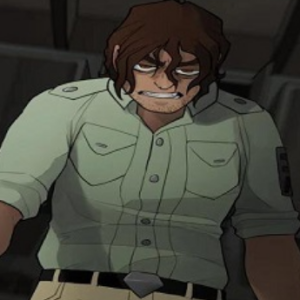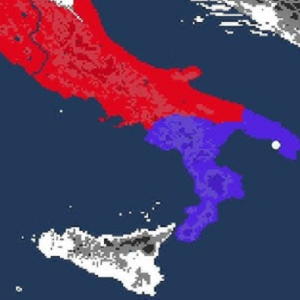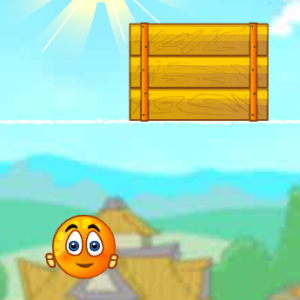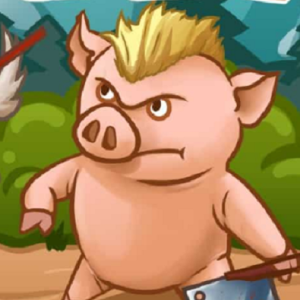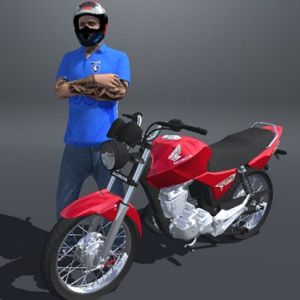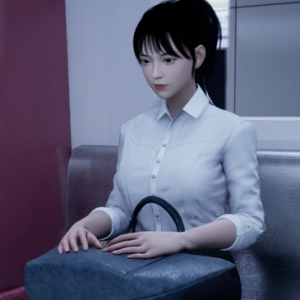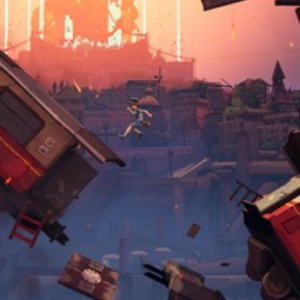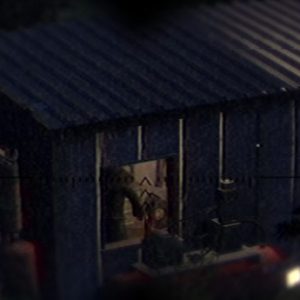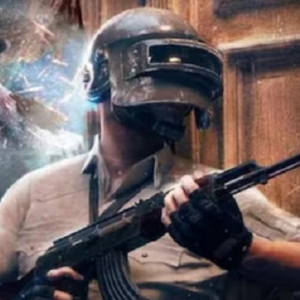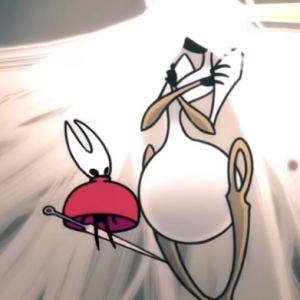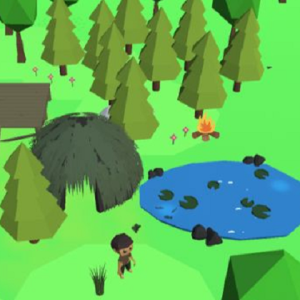Similiar games
Boyfriend to Death places the player in a modern setting where ordinary interactions conceal hidden danger. The game begins as a standard visual novel about meeting new people, but quickly shifts tone once choices lead to unexpected consequences. The player takes the role of an unnamed protagonist navigating encounters with three strangers, each representing a separate storyline. The environment is limited — apartments, streets, and isolated rooms — but every location serves to reinforce tension and uncertainty. The setting functions as a closed system built around trust, vulnerability, and control.
Gameplay Structure and Player Decisions
The gameplay follows the structure of a branching narrative with multiple endings. The player progresses through dialogue choices that determine which storyline unfolds and how it concludes.
The key gameplay elements include:
- Selecting responses that alter the tone and direction of the story.
- Unlocking different routes, each centered on one of the main characters.
- Managing survival through cautious or impulsive decision-making.
- Exploring alternate outcomes through repeated playthroughs.
Each decision leads to direct consequences, often revealing how limited the player’s control truly is. Success depends not on skill, but on interpreting patterns of behavior within each route.
Character Routes and Narrative Focus
Boyfriend to Death focuses on psychological interaction rather than traditional romance. The player engages with three characters whose intentions remain uncertain until each route’s conclusion. Their personalities are distinct, but all share a connection to dominance, manipulation, and power. As the story progresses, the illusion of safety fades, and the player must adapt to survive or understand their captor’s motives. Each route examines different aspects of dependency and fear, presenting the same theme through varied perspectives.
Visual and Technical Presentation
The game uses a traditional visual novel interface built with 2D backgrounds, character sprites, and text-based dialogue boxes. Transitions are minimal, allowing focus on timing and tone rather than visual complexity. Sound design plays a key role in building tension — quiet moments, background noise, and sudden shifts mark critical events. Menus track progress through saves and route selection, enabling players to revisit key moments. The presentation mirrors the confined structure of the story: limited movement, deliberate pacing, and direct consequences.


